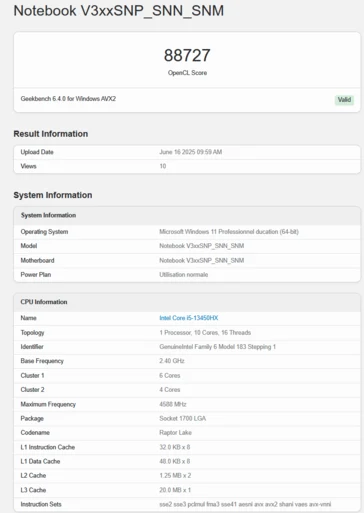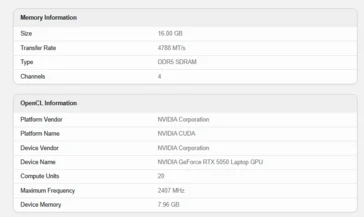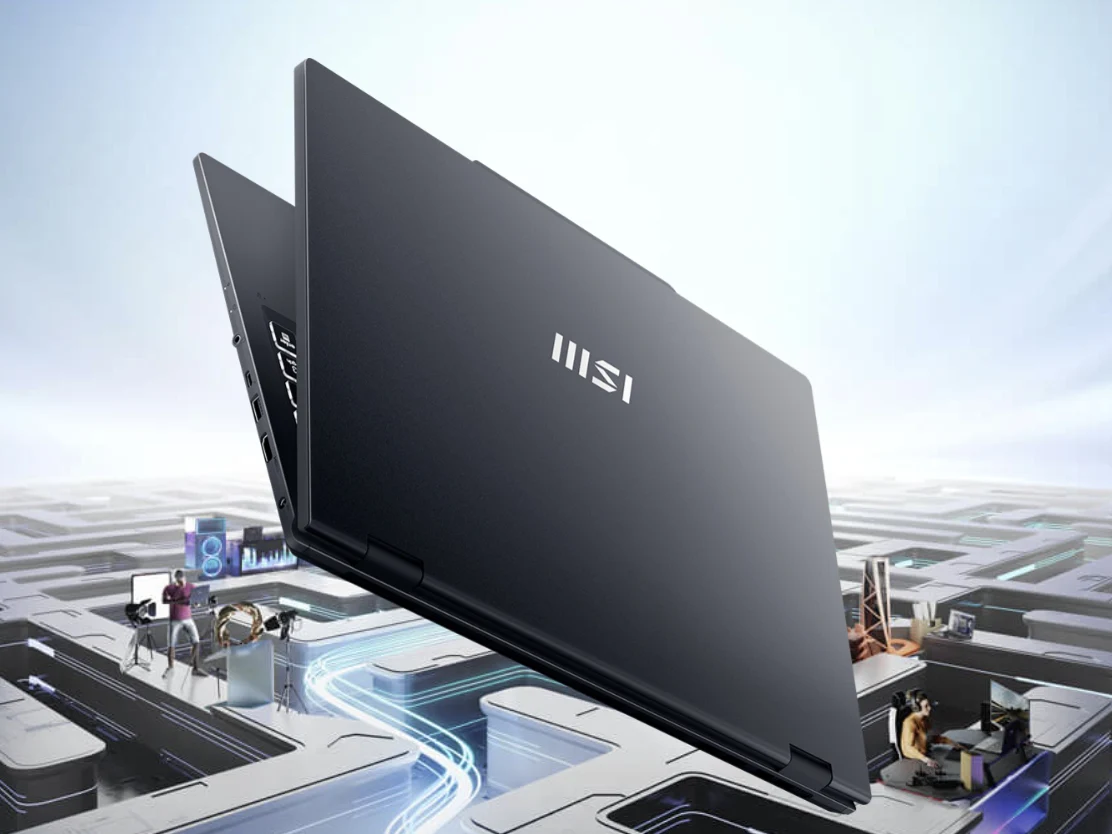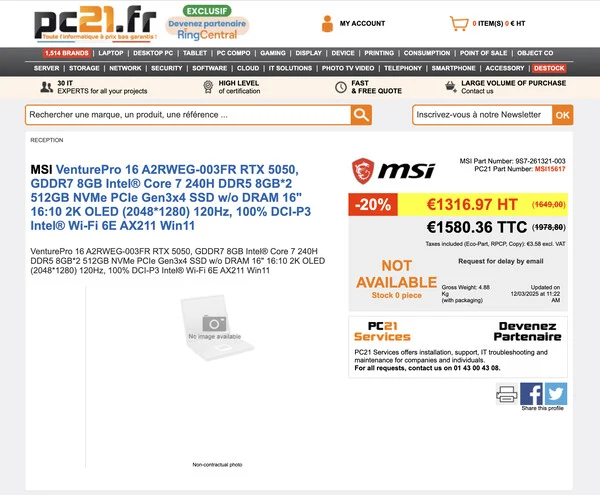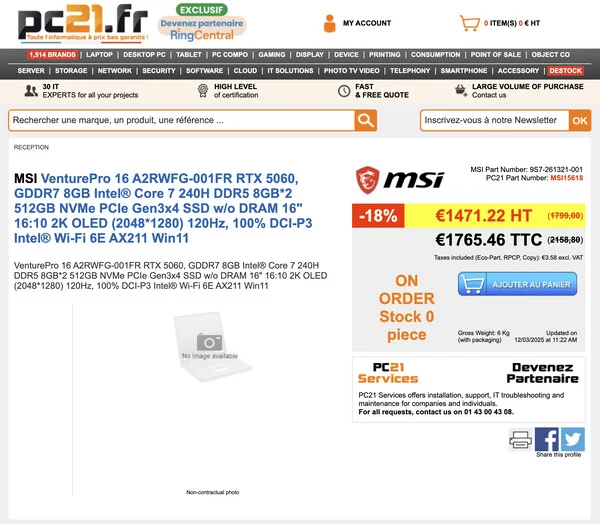Key Takeaways
1. The Nvidia GeForce RTX 5050 features 2,506 CUDA cores and 8 GB of GDDR6 VRAM on a 128-bit bus.
2. It has a base clock of 2.31 GHz, a boost clock of 2.57 GHz, and a total graphics power of 130 Watts, with a recommended PSU of 550 Watts.
3. Benchmark results show the RTX 5050 outperforms the two-generation-old RTX 3050, but underperforms compared to the RTX 4060.
4. Performance improvements are mainly due to DLSS and frame generation technology rather than raw performance gains.
5. The RTX 5050 launches at a starting price of $249, only $50 less than the RTX 5060, with no Founder’s Edition available.
Nvidia has quietly revealed its latest budget graphics card after some time: the GeForce RTX 5050. We previously saw its laptop version, and now we are finally getting a glimpse of the desktop model. Its launch wasn’t exactly a surprise, as various leaks had already spilled the beans well before the official announcement.
Specs and Performance
The RTX 5050 desktop features a modest 2,506 CUDA cores. While Nvidia’s official specifications don’t disclose the exact GPU model, it’s probably a GB206 or GB207. In a twist from earlier rumors, it comes equipped with 8 GB of GDDR6 (not GDDR7 as some had speculated) VRAM on a 128-bit bus, resulting in a total memory bandwidth of 320 GB/s. Additional specs for the RTX 5050 include a base clock of 2.31 GHz and a boost clock of 2.57 GHz, with a total graphics power (TGP) of 130 Watts. Nvidia suggests using a 550 Watt PSU, but a 450 Watt unit should suffice for this card.
Benchmark Results
Nvidia has also shared some benchmark results that demonstrate how the GPU performs compared to the two-generation-old RTX 3050. As expected, the Blackwell GPU shows an advantage due to its newer architecture and superior TSMC N4P manufacturing process, especially when compared to the Samsung N8 used for the RX 3050.
Interestingly, Nvidia’s own graphs indicate that the RTX 5050 underperforms compared to the previous RTX 4060 in terms of raw performance. Most of its improvements are attributed to DLSS and frame generation technology. To make matters worse, the RTX 5050 will be launched at a starting price of $249, which is only $50 less than the RTX 5060. It’s also unlikely to see a Founder’s Edition, meaning buyers will have to settle for AIB variants that will probably cost more.
Source:
Link





